A 6.8 magnitude earthquake that struck western Morocco last week moved the ground by 15 cm, according to satellite data.
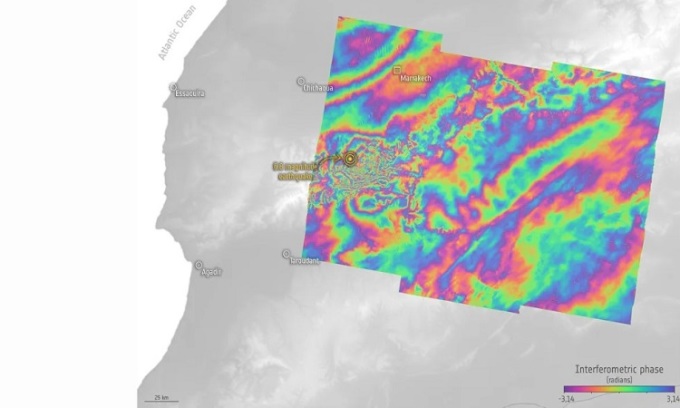
Image showing the extent of ground displacement caused by the Morocco earthquake in September 2023. Photo: Copernicus
Satellite measurements reveal the extent of ground movement caused by last week's 6.8-magnitude earthquake in Morocco, which killed nearly 3,000 people. The quake struck in rural areas in the Atlas Mountains about 75 kilometers (45 miles) from the city of Marrakech on the evening of September 8. The area lies at the boundary between the European and African tectonic plates, making it vulnerable to earthquakes, according to the European Space Agency (ESA).
Radar measurements taken by two European Sentinel-1 satellites before and after the disaster revealed how much the two tectonic plates moved during the earthquake. The ground was pushed up to 15cm, while in some places it sank by 10cm, according to the BBC. The quake destroyed entire villages, burying families in the rubble. Satellite images helped scientists and rescue teams assess the situation and the risk of further tremors.
"Earth-orbiting satellites have a unique ability to provide not only a wide view of the affected area but also detailed information," said Simonetta Cheli, ESA's director of Earth Observation Programmes. "As the Copernicus Sentinel-1 mission is equipped with a radar, it can see through clouds and is often used to map severe flooding. In the case of the earthquake in Morocco, the value of the mission was to measure the extent of ground movement, information that will be crucial after the crisis has passed and recovery work has begun."
The two images used to create the interferogram showing the extent of ground movement were taken on August 30 (more than a week before the earthquake) and September 11 (three days after the disaster).
An Khang (According to Space )
Source link



![[Photo] National Assembly Chairman Tran Thanh Man holds talks with South Korean National Assembly Chairman Woo Won Shik](/_next/image?url=https%3A%2F%2Fvphoto.vietnam.vn%2Fthumb%2F1200x675%2Fvietnam%2Fresource%2FIMAGE%2F2025%2F11%2F20%2F1763629724919_hq-5175-jpg.webp&w=3840&q=75)
![[Photo] President Luong Cuong receives President of the Senate of the Czech Republic Milos Vystrcil](/_next/image?url=https%3A%2F%2Fvphoto.vietnam.vn%2Fthumb%2F1200x675%2Fvietnam%2Fresource%2FIMAGE%2F2025%2F11%2F20%2F1763629737266_ndo_br_1-jpg.webp&w=3840&q=75)

![[Photo] Lam Dong: Panoramic view of Lien Khuong waterfall rolling like never before](/_next/image?url=https%3A%2F%2Fvphoto.vietnam.vn%2Fthumb%2F1200x675%2Fvietnam%2Fresource%2FIMAGE%2F2025%2F11%2F20%2F1763633331783_lk7-jpg.webp&w=3840&q=75)







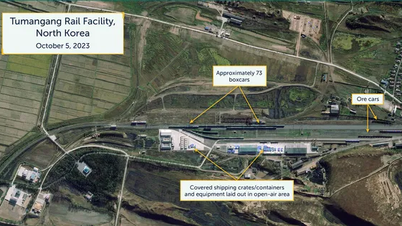
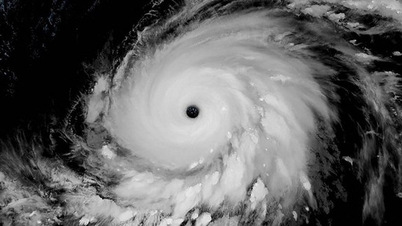






























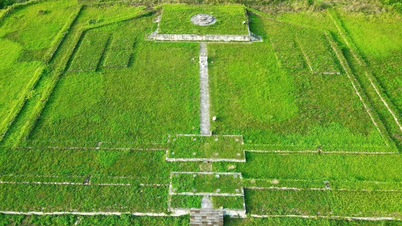























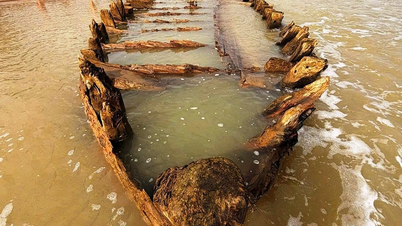








































Comment (0)